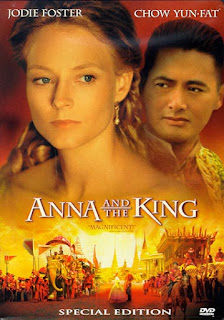Six small groups in Cambodia are linguistically related. These are the Chong, the Por (Peur, Pear), the Samre, the Saoch, the Somary, and the Suoy (Suy).
This post is about the Por, which we will refer to as the "Pear." This people group live small, isolated villages near big forests. Their houses are short-stilted, one-room houses with roofs made from leaves, bamboo, and sometimes, wood.
The Pear farm rice. They plant their fields some distance from the forest and move them after every couple of years or so. The Pear also grow bananas and a few other vegetables. They sometimes gather products from the forest, such as resin, charcoal, and firewood. The Pear depend on the monsoon rains for their crops. They are a very sturdy folk, even when it requires facing food shortage during drought or flood.
Khmer is the national language, and most Pear dress in a similar custom to the rural Khmers, which is western style.
The Pear are animistic. They believe in powerful spirits that can harm them, to which they offer sacrifices to appease them. They are very superstitious and live in great fear of the spirits. Those who live next to the Cardamom forest have specific rules how to collect the cardamom.
They are also extremely poor. The Khmer majority looks down upon them. They don't have much education and health facilities.
Prayer Requests:
- The Pear are one of the least reached people in Cambodia. Pray that someone will go to them and take to them the good news of salvation.
- Pray that the Bible will be translated into their language/dialect.
- So far, there is only one known church, and for the past 2 years, there has been no active church planting. Pray that missionaries will be able to establish churches in this area.
Resources:
http://www.joshuaproject.net/peopctry.php?rop3=107961&rog3=CB













